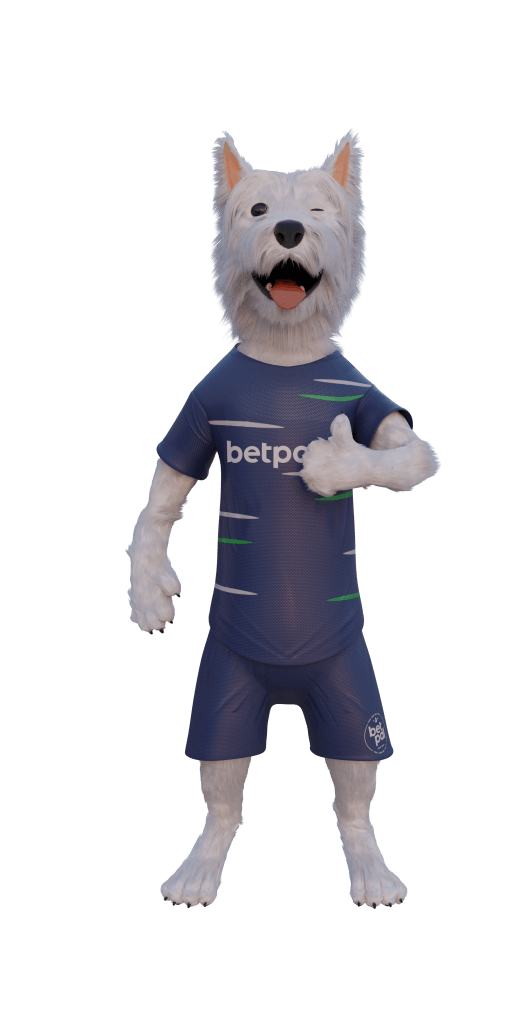Badminton Betting Tips
There are two main factors one should take into consideration before betting on badminton:
1. Head to head stats – when most bookmakers set the odds in a badminton match, they look mainly at the players’ standings. Most bettors do the same as well, but if you want to actually earn money from betting on badminton, you should take things to the next level: head to head stats. There will always be that top ranked player that for whatever reason, cannot win against a lower ranked player. You might find a top 5 player who has played six times against the 34th ranked player and lost five of those matches. As bookies rely mostly on standings, some value can be found when betting in such matches.
2. Tournament importance – some tournaments and competitions are more important than others in their financial and ranking rewards. It is worthwhile to look up the importance of the tournament being held before placing a bet. The tournaments that have more at stake will often have the best players competing at their best levels. Similarly, in lower-level tournaments more upsets are likely since top players may prefer to serve their energy for a major event. In badminton, there are seven major events:
- Olympic Games
- World Championships
- World Junior Championships
- Thomas Cup
- Uber Cup
- Sudirman Cup
- Para-Badminton World Championships
3. Analyze recent events and individual players – badminton is not a mainstream sport so you have to do some research to be up-to-date on a player’s recent form and any injury reports. You will probably not have a TV coverage if the number one ranked badminton player in the world had a bad fall. Therefore, it is important to stay up-to-date on players by checking their social media profiles, reading badminton magazines, websites and forums.
4. Choose best odds – most bookies in the UK offer betting markets on the major badminton events. As mentioned before, some bookmakers who most rely on players’ ranking might put out great value odds for the keen-eyed bettor. So, you should shop to compare odds among bookies to find the best value for your bet.
5. Make use of free bets – when signing up to a new bookie, bettors are usually welcomed with a free bet offer – you can place a bet totally for free which is a nice boost to get you started.
Try out badminton betting with a no wagering bonus
Understanding the Game
If you want to bet on badminton, the first thing you should do is to understand the game. Most people are familiar with badminton in one form or another. You’ve probably seen or even played some badminton in the backyard or at a picnic. And while that is definitely a version of badminton, it is not the badminton you will bet on. Badminton as a professional sport is always played indoors.
Where Does Badminton Come From
Badminton was invented by British military officers in India around the 1860s. On the premises of a military factory in India, a British army officer was having a drink when he packed some stray feathers in the cork from the bottle. He then threw it to a fellow officer who threw it back at him. And just like that, this entertaining activity that quickly became popular was the beginning of the badminton we know today.
Today, badminton is an Olympic sport and it is widely played in the UK, the Scandinavian countries and South-eastern Asia, in countries like China, Indonesia, Malaysia and South Korea. There are numerous national and international badminton tournaments and championships offering bettors opportunities to make some money.
Badminton Objective
The objective of the game is to hit the shuttlecock, or birdie, over the net and make it land in the scoring area. If the opponent successfully returns the shuttlecock, a rally begins until it finally lands or gets struck into the net. To win a badminton match, a player has to win 2 out of 3 sets. To win a badminton set, a player must get to 21 points first.
Facilities and Equipment
-
Indoor court – a rectangular shaped court divided into two halves by a 1.55 m tall net. The court has two tramlines along its sides. Just like in tennis, the outward tramline marks the scoring zone for doubles matches with the inside tramline marking the singles scoring zone.
-
Racket – each badminton player uses a stringed racket. Good quality badminton rackets weigh only 70 – 100 grams and are made of carbon fiber.
-
Shuttlecock – it is to badminton what the ball is to many sports like football, basketball and tennis, the scoring object. Shuttlecocks can be synthetic but most of them are made from 16 feathers, usually from geese or ducks, fixed in a conically shaped cork base. An aerodynamic masterpiece, the shuttlecock will turn to fly cork first no matter its initial orientation. It is very light, weighs up to 5.50 grams but it can pack a punch, reaching speeds up to 200 miles per hour during a match.
Scoring and Winning
To win a badminton match, a player or team of players have to win 2 out of 3 sets. A badminton match can have a maximum of three sets. To win a set, a player must reach 21 points before the opponent. In the event the set gets to be tied at 20-20, a player must win by a 2 point margin. For example, a scoreline of 23-21 means the set was won while 23-22 means it keeps on playing. The highest points a player can score during a set is 30. That means if the set is tied 29-29, whoever scores the next point wins the set.
Badminton Rules
- A badminton match can be singles (one player against another) or doubles (two players against another two). A doubles game can be between either an all-male or female pair against an all-male or female pair, or it can be mixed.
- An official badminton game must be played in an indoor hall.
- Scoring is counted when the shuttlecock lands within the scoring zone of the opponent’s court.
- If the shuttlecock, or birdie, lands outside the scoring zone or hits the net, the opponent is awarded a point.
- Serving has to be underarm, below the waist of the serving player.
- If a player or their racket touches the net, it is considered a fault and the opponent is awarded the point.
- Lets can be called if a shuttlecock lands on the court from an adjacent court, or if the shuttlecock hits the lights or railings of an arena, or if the receiving player is not ready when the serve is delivered. When a let is called, the play is stopped and started over with no impact on the score. If the shuttlecock hits the tape in a serve, no let is called.
- Like in tennis, each badminton game is refereed by an umpire on a high chair who makes the calls.

















